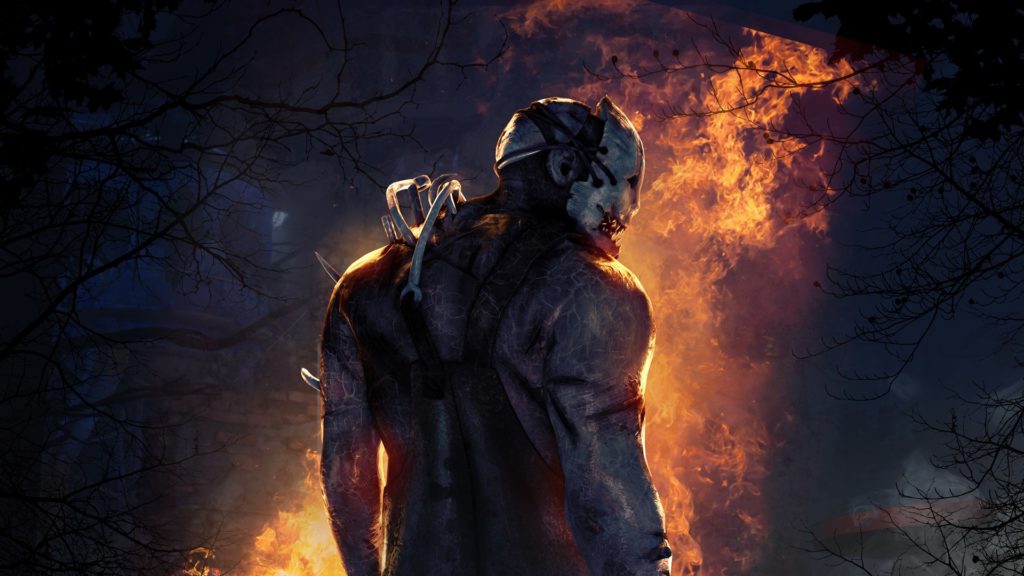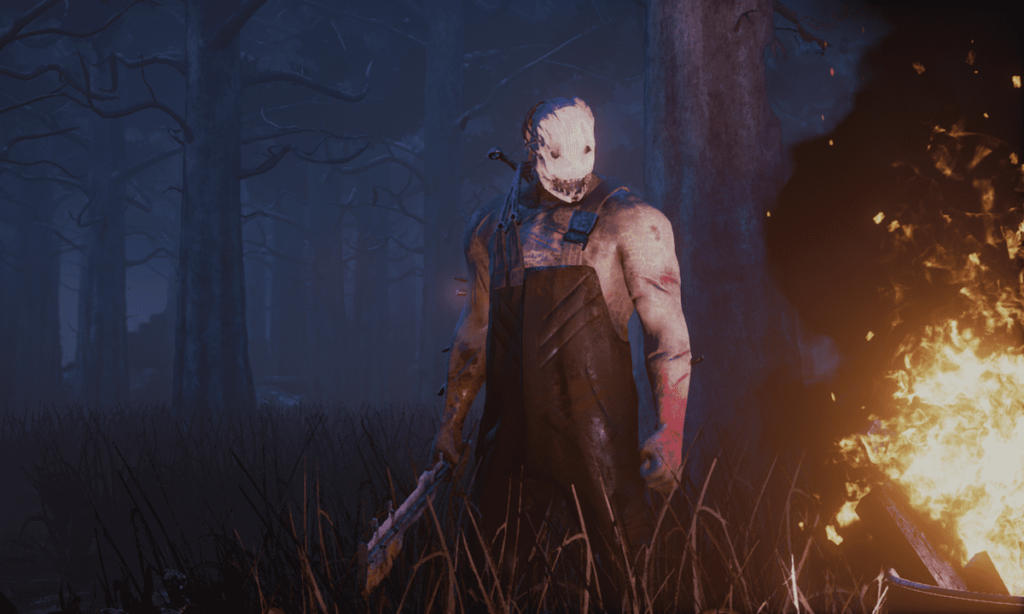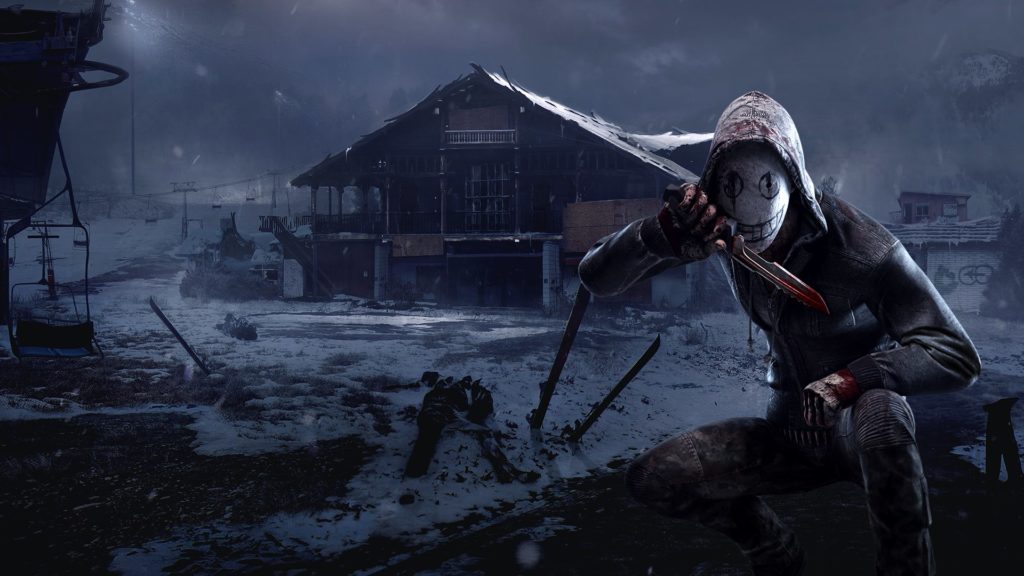While Dead by Daylight lacks the pop culture legacy that another recently-released asymmetric horror game possesses, it reminds you that when a game executes its concept well, it doesn’t require a guy in a hockey mask for people to take notice. While the gameplay is fairly straightforward, the deep RPG-like upgrade system and the way it executes its mechanics make it the superior product.
The premise is simple: the survivors begin the game on one of the procedurally generated levels, with no mini-map to guide them. In order to survive, they have to start up five of the generators scattered about, then make their way to the exit by opening the doors.
The killer’s premise is even simpler: prevent the survivors from escaping. They can either incapacitate and carry them to hooks in order to hang them as tributes to “The Entity,” or allow them to bleed out.
Each killer has unique powers that changes the way they are played. The trapper, for instance, can set bear traps at various parts of the map to catch the survivors out. And the nurse can morph into a cloud of smoke to go through walls. The roster of six killers – not including the Michael Myers DLC – make for a unique combination.

But what’s interesting about Dead by Daylight’s asymmetrical design is that the survivors are in third-person view, giving them an idea of their surroundings, whereas the killer is in a first person, therefore having a limited field of view and subsequently balancing the game.
Furthermore, survivors can see each other should something happen to them, good or bad. You can see an outline of fellow survivors if they are hooked or incapacitated. You can also see generators that have been started, giving you an idea of how many are left before reaching freedom. The killer, however, can also see the generators started, as well as any birds that are disturbed by survivors, and marks left by survivors when they run.
The stress levels ramp up when the chase begins; survivors can pull down pallets to stun the killer, vault through windows, or hide in cupboards. Although these actions can buy you time, there’s no reprieve when the hunt is on. Toying with the survivors can also be a sadistic game, if you plan it right. Fooling them into believing you’re out of the picture when you know exactly where they are is satisfying when you lead them into your grasp.
So it’s no longer a simple game of hide-and-seek, it is now a game of cat-and-mouse, where the mice are trying to work together (or separately) to escape the cat’s grasp.
Headphones or a good sound system are a must, not only to help avoid the killer or track down survivors, but the atmosphere created adds to the intensity of the hunt. The dreaded heartbeats heard when the killer is nearby pumps up the pressure, especially when you’re furiously rotating the camera while trying to fix a generator.

The above system also has its own mini-game in the form of a quick time event. Timing the prompt correctly can expedite the repair process, but timing it wrong will not only impede progress, but the generator will choke, notifying the killer of your location.
At first glance, the upgrade system seems one-dimensional, with benefits unlocked through Blood Points (an in-game currency earned by playing). These give access to the aptly named Bloodweb; each level requires all previous perks to be unlocked. Once these have been acquired, the character levels up, opening a new set to unlock.
With each character possessing their own unique set of perks, the upgrade system actually provides a lot of depth, and incentivises playing all the characters in order to get the maximum Dead by Daylight experience.
As the game originally released on PC over a year ago, the eventual console release has its pros and cons. Getting all the extra survivors and killers in the special edition release means the roster is essentially doubled, and notable bugs plaguing the original release have been remedied.
However, there’s still the occasional hiccup, like lag at the most inopportune times. It is also obvious that the game is a port from PC, as the controls are mouse-orientated. It isn’t a deal-breaker, but the cursor occasionally disappearing makes you wish the developer had incorporated joystick/d-pad controls into the console version.

There are – and have been – asymmetric multiplayer games released over the years, with fairly middling results. Dead by Daylight has improved the niche by creating a product that balances simple gameplay with minimal downtime, and giving players plenty of depth to come back to again and again. It is – by far – the superior asymmetric multiplayer game to date.